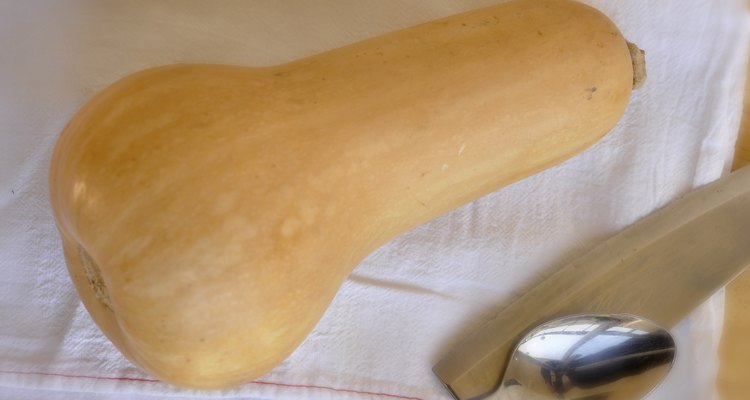
Butternut squash is a seasonal vegetable available only three months of the year, from September to November. Freezing butternut squash chunks allows you to enjoy the tasty vegetable year-round. While typical methods of freezing butternut squash usually involve cooking and mashing it, freezing it in chunks gives you the option of using it in your favorite recipe straight from the freezer. Cook frozen butternut squash chunks by adding them directly to boiling water, stews or casseroles without having to thaw the vegetable first.
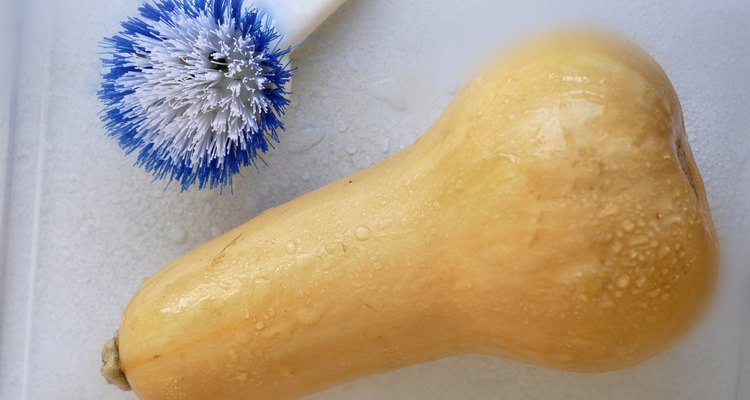
Clean your butternut squash with a vegetable scrubber and cold running water.
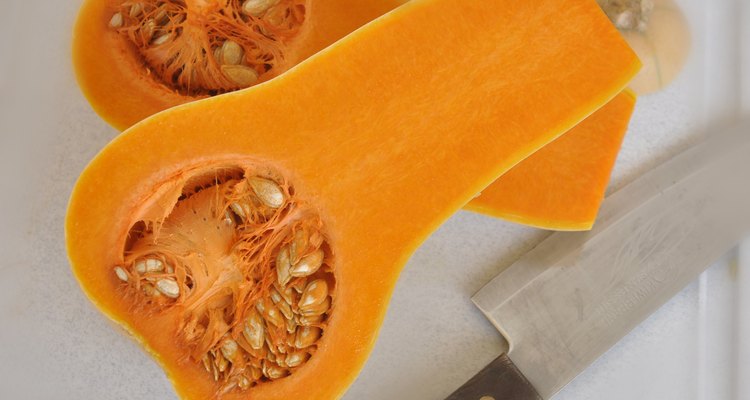
Cut off the stem of the butternut squash and slice it in half.
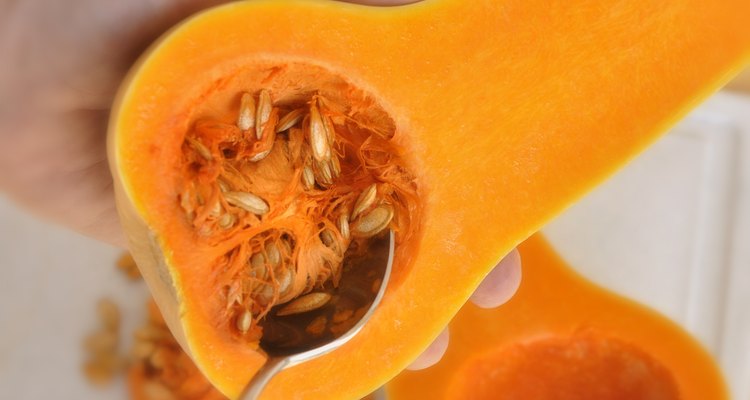
Scoop out the stringy fibers and seeds with a spoon.
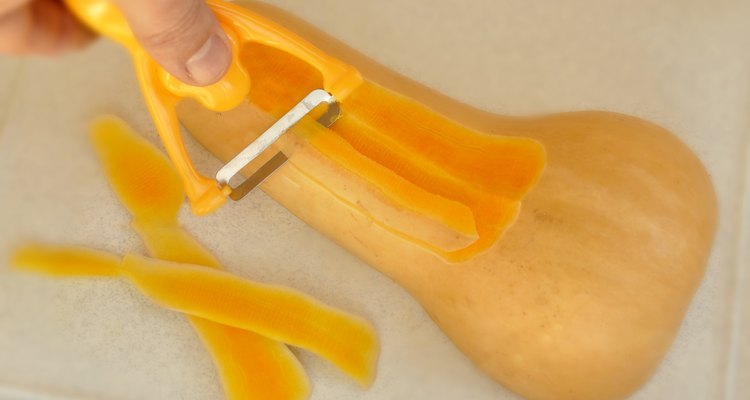
Peel the skin off with a Y-shaped vegetable peeler. Scrape the skin in a direction away from your body.
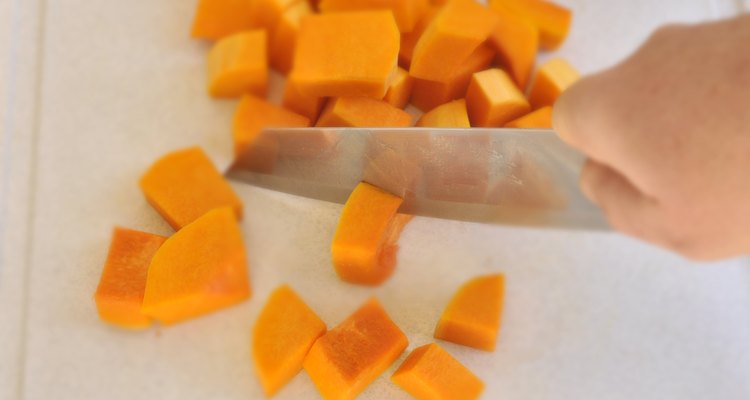
Cut the butternut squash into chunks.
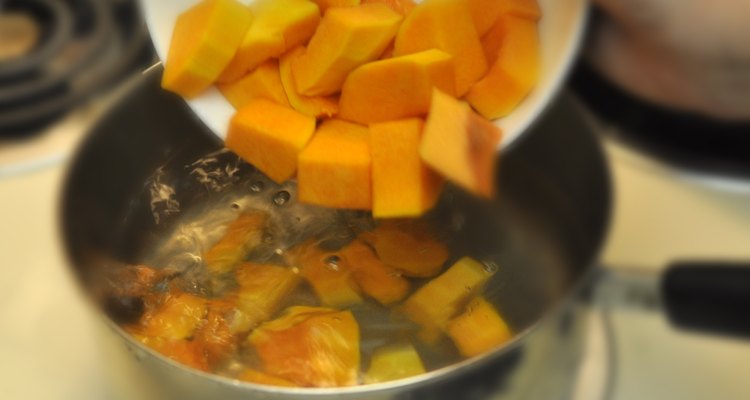
Place the chunks into a large pot of boiling water. Boil for three minutes to blanch. The Colorado State University states that blanching is a quick-boiling technique that slows the enzymatic action of fruit and vegetables to help preserve the flavor, nutrients and texture while freezing.
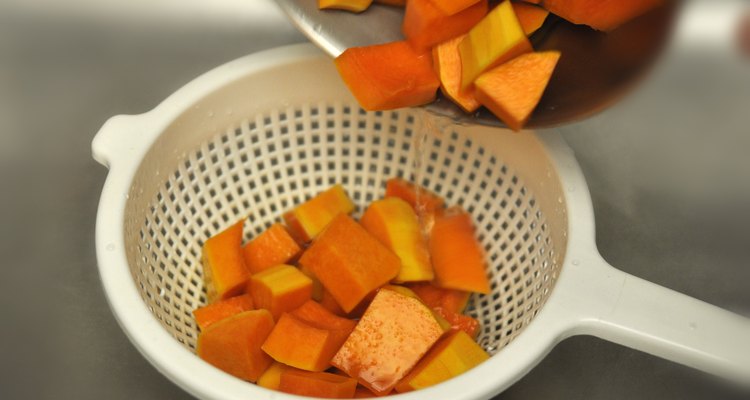
Drain the butternut squash through a colander.
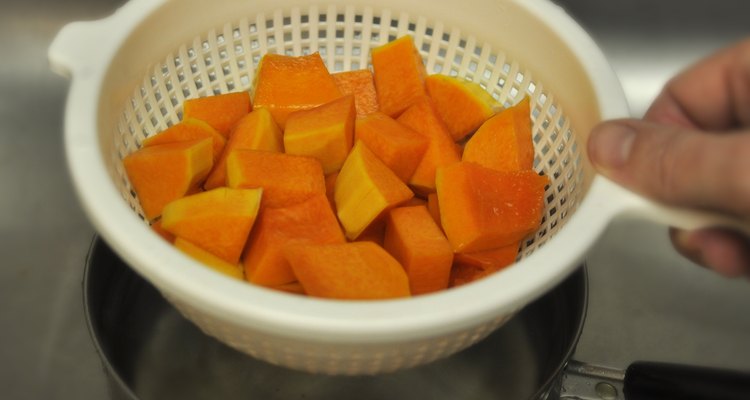
Place the colander in a large pan of cold, ice water to cool the butternut squash.
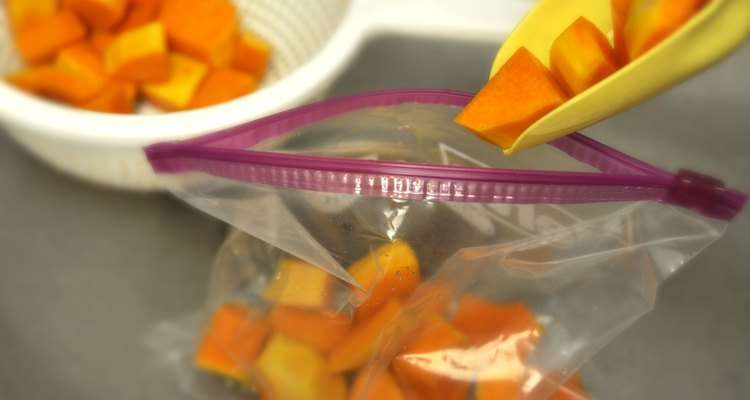
Place the chunks of butternut squash into plastic freezer containers or bags. Seal tightly.
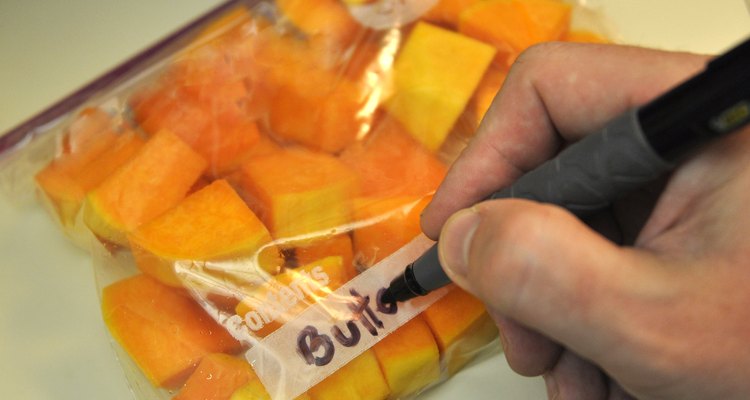
Mark the container or bag with the date and "butternut squash."
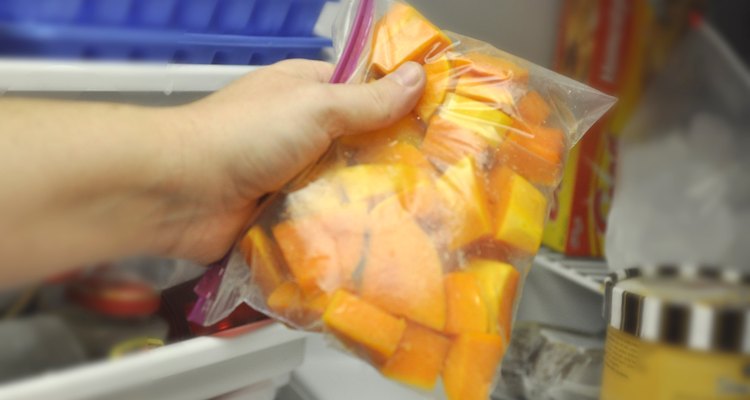
Keep your butternut squash in a freezer set to 0 degrees F for up to one year.
Related Articles
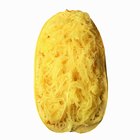
How Fast Does Cooked Spaghetti Squash ...
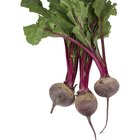
How to Freeze Fresh Beets
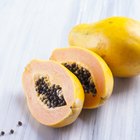
How to Freeze Papaya

How to Freeze Carrots & Turnips
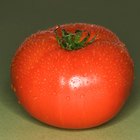
How to Blanch, Peel, & Freeze Whole ...
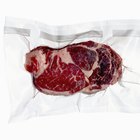
How to Defrost a Frozen Beef Roast in ...

How to Make a Box Cake Firmer to Frost

How to Store Leftover Pancake Batter

How to Freeze Tzatziki

How to Freeze Chicken Pot Pie
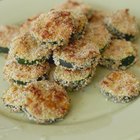
How to Freeze Breaded Squash Slices

How Long Can You Refrigerate Nacho ...
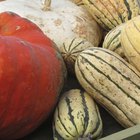
How to Cook Delicata Squash in the Oven

How to Stop AARP Mail
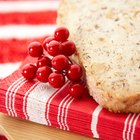
How Long Does Banana Bread Stay Fresh?

Do Potatoes Go Bad When They Freeze?

How to Defrost a Frozen 4 Lb Roast

How to Freeze Empanadas
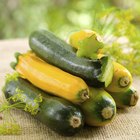
How to Freeze Raw Zucchini
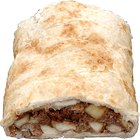
How to Freeze Stromboli
References
Writer Bio
Katina Coleman is a research psychologist who has been writing since 2004. She has published and reviewed articles in various academic journals and consults on research projects related to health and education. Her research interests center on patient-doctor communication and cancer health disparities. Coleman holds a Ph.D. in psychology from Wayne State University.
Photo Credits
Scott Miller/Demand Media